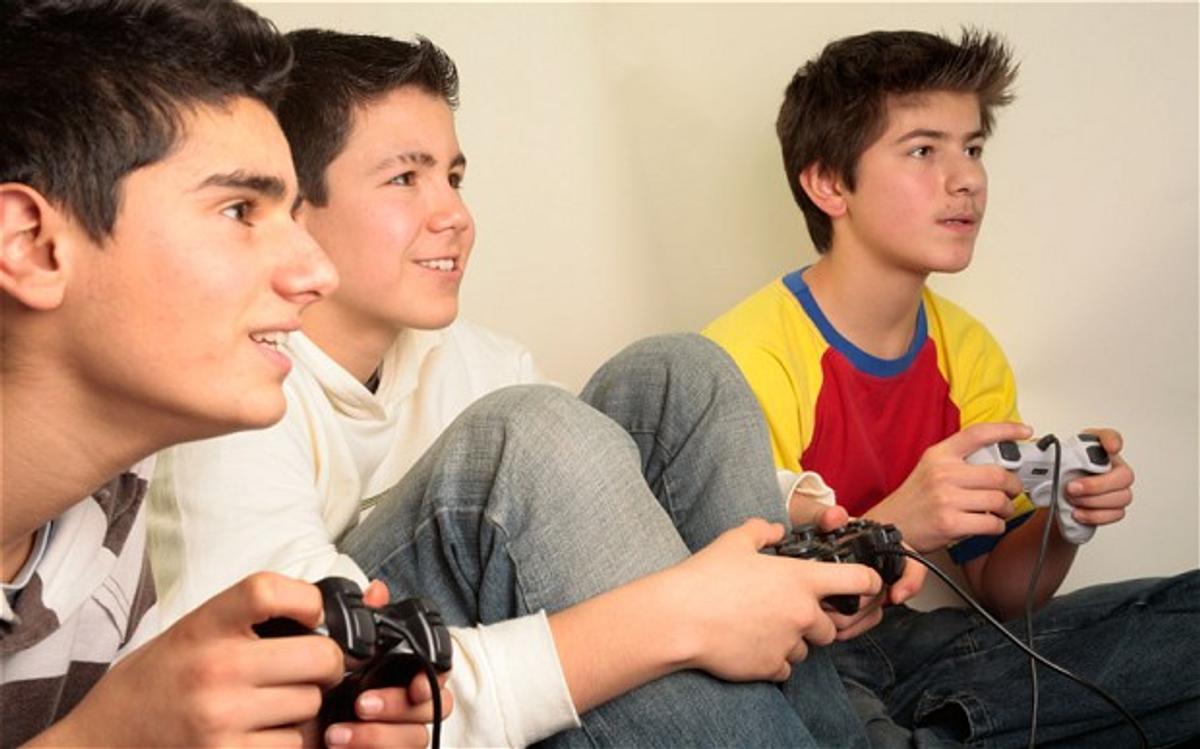From the Leadership Team

Managing Gaming Habits
Matt Brinson, Head of Senior School
In more recent times, teachers have increased their efforts to guide students on appropriate use of technology devices at School and to discourage inappropriate use. Digital Citizenship is a concept which helps teachers and parents understand how students should use technology appropriately.
Digital Citizenship is more than just a teaching tool; it is a way to prepare students for a society dominated by technology. Too often we are seeing students, as well as adults, misusing and abusing technology but are not sure how to break the cycle.
Earlier this week, approximately 130 Junior and Senior School parents and students attended a seminar to listen to Cam Adair, a Canadian speaker, entrepreneur, and pioneer on video game addiction. He’s the founder of Game Quitters, the world’s largest support community for video game addiction, serving members in 94 countries.
Cam was addicted to gaming for more than 10 years before starting Game Quitters. He gave some startling statistics: 13% of Years 7-12 students report symptoms of video game addiction and 10% of students report participating in gaming at least five hours per day (Canadian Centre for Addiction and Mental Health, 2015).
Gaming is a popular pastime amongst children and teenagers in Australia. Gaming ranges from playing e-sports such as NBA, FIFA and AFL, to more violent online multiplayer social games such as Call of Duty and Fort Nite.
Why do gamers play?
- Video games fulfill four specific needs: temporary escape, social connection, constant measurable growth and purpose.
- Games are intentionally designed to keep you hooked using state-of-the-art behavioral psychology.
- Games are fully immersive, and provide dopamine overload.
- Gaming and the digital world is a safe place to fail.
The social connection need is an important one and one not to be ignored by a blanket ban on gaming and technology use.
Cam’s Advice
- Here’s what you tried: You told them their friends online weren’t their real friends.
- Here’s why it didn’t work: Their online gamer friends are their real friends and, often, their only friends. When you tell them to quit gaming, what they really hear is to stop having friends.
- Try this instead: They need help making new friends outside of gaming. They don’t know where to start, or what to talk to people about other than gaming.
When it comes to reducing their gaming time you have two options: Remove their access or enrol them in making positive changes.
Cam’s Advice
- Here’s what you tried: You removed their devices and took away the modem.
- Here’s why it didn’t work: Your teenager throws a tantrum so intense you feared for their life. Maybe they even ran away from home. Your teenager also still needs
- access to the computer in order to complete their homework, so simply removing devices is only so realistic.
- Try this instead: Enrol them in the process. Taking away their access without supporting them to fill the void can be very dangerous for them. Your teenager must be part of the process!
Practical tips to help reduce and detox from gaming:
- Find an alternative to YouTube/gaming after school before homework.
- Turn auto play off on YouTube (and Netflix).
- Require that exercise and homework be completed first.
- Remove gaming devices from bedroom.
- Mix it up: not every day, be aware of bingeing cycles.
- Block access to problematic games, apps and websites.
- If you limit Wi-Fi access, also limit phone access.
- Shift to less risky game types: single-player, games that pause/end.
Screen Time Guidelines
For more information and resources, please visit GameQuitters. And you can also find many helpful articles and can access the presentation slides from Cam’s visit to Kilvington at here (October 2018 Keynote Slidedeck).



